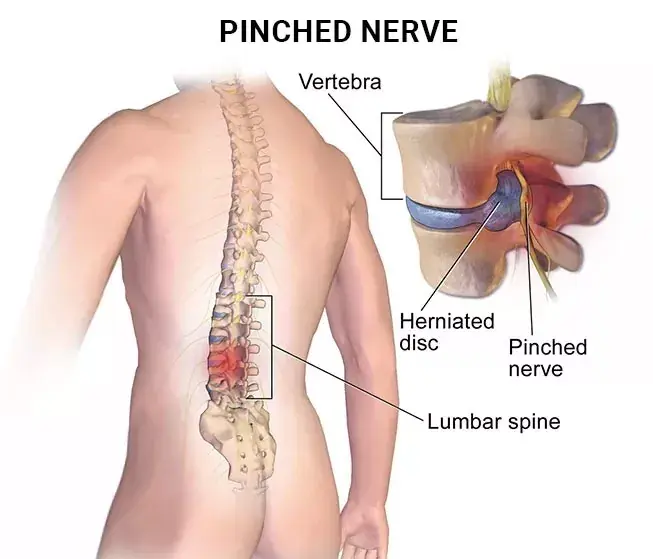How to Trigger Calm in Your Body
- Tamera Chapman

- Feb 9, 2023
- 3 min read

Triggers are stimuli that evoke a particular emotional or physical response in our bodies. The body responds by activating the sympathetic or parasympathetic nervous systems. The sympathetic and parasympathetic nervous systems are two branches of the autonomic nervous system that play important roles in regulating the body's responses to stress and promoting physical and mental well-being.
The sympathetic nervous system is responsible for regulating the body's fight/flight/freeze response, which is the automatic physical and mental response to actual/perceived danger or stress. When the sympathetic nervous system is activated, it prepares the body to respond to a perceived threat by releasing adrenaline, increasing heart rate, and redirecting blood flow to the muscles.
The sympathetic nervous system:
Increases alertness and reaction time in response to danger or stress
Increases heart rate and blood pressure, providing a boost of energy and power
Redirects blood flow to the muscles, improving physical performance
However, when the sympathetic nervous system is consistently activated, it can have a negative impact on the body and mind. Some of the effects of staying in a sympathetic nervous system response include:
Chronic stress: Prolonged activation of the sympathetic nervous system can lead to chronic stress, which has been linked to a range of physical and mental health problems, including depression, anxiety, heart disease, and obesity.
Increased anxiety: When the sympathetic nervous system is constantly activated, it can increase feelings of anxiety and nervousness, making it difficult to relax and feel calm.
Physical health problems: Prolonged activation of the sympathetic nervous system can take a toll on the body, leading to physical health problems such as high blood pressure, heart disease, and digestive problems.
Reduced immune function: Chronic stress can weaken the immune system, making it more difficult for the body to fight off illness and disease.
Insomnia: Chronic stress can interfere with sleep patterns, leading to insomnia and other sleep problems.
Decreased mental clarity: Prolonged activation of the sympathetic nervous system can interfere with mental clarity and focus, making it difficult to concentrate and remember things.
The parasympathetic nervous system, on the other hand, is responsible for regulating the body's rest and recovery processes, promoting relaxation, and restoring the body's energy reserves. This system works to counterbalance the effects of the sympathetic nervous system, reducing stress and promoting physical and mental well-being. The parasympathetic nervous system is responsible for regulating rest, digestion, and recovery processes in the body
The parasympathetic nervous system:
Promotes relaxation and reduces stress
Regulates digestion and promotes better digestion and absorption of nutrients
Supports the immune system, improving resistance to illness and disease
Supports healthy sleep patterns, improving overall physical and mental well-being
It's important to maintain a balance between the sympathetic and parasympathetic nervous systems in order to promote overall physical and mental health. By reducing stress and promoting relaxation through techniques such as deep breathing, progressive muscle relaxation, and meditation, you can help activate the parasympathetic nervous system and balance the effects of the sympathetic nervous system.
Here are three ways to activate the parasympathetic nervous system and promote relaxation:
Diaphragmatic breathing: Diaphragmatic breathing involves slow, deep breaths that focus on expanding the diaphragm and filling the lungs with air. This type of breathing stimulates the parasympathetic nervous system, which helps to reduce stress and increase feelings of calm and relaxation.
Progressive muscle relaxation: This technique involves tensing and then relaxing different muscle groups in your body, starting with your toes and working your way up to your head. As you tense each muscle group, hold it for a few seconds, then release the tension and focus on the sensation of relaxation. This helps activate the parasympathetic nervous system, reducing stress and promoting relaxation.
Meditation: Meditation is a technique that involves focusing your mind on the present moment, usually through guided visualization or mindfulness techniques. This can help activate the parasympathetic nervous system, reducing stress and promoting feelings of calm and relaxation. Research has shown that regular meditation practice can have a lasting impact on stress levels, improving overall well-being and reducing symptoms of anxiety and depression.
By incorporating these techniques into your daily routine, you can help activate the parasympathetic nervous system and promote relaxation, reducing stress and increasing feelings of peace and well-being.
It's important to take steps to reduce stress and activate the parasympathetic nervous system, which helps regulate the body's rest and recovery processes. This can include practicing deep breathing, progressive muscle relaxation, and meditation, as well as engaging in regular physical activity and spending time in nature.
By taking care of your physical and mental health, you can reduce the effects of staying in a sympathetic nervous system response, improving overall well-being and reducing stress and anxiety.






Comments